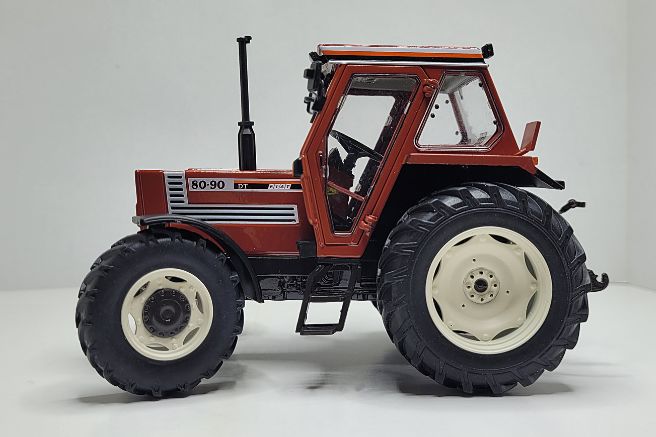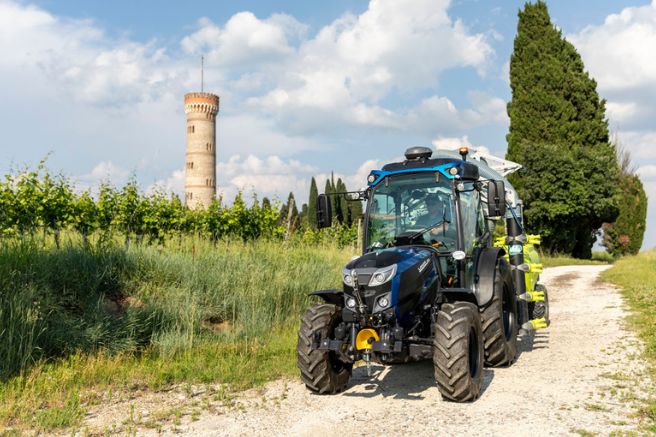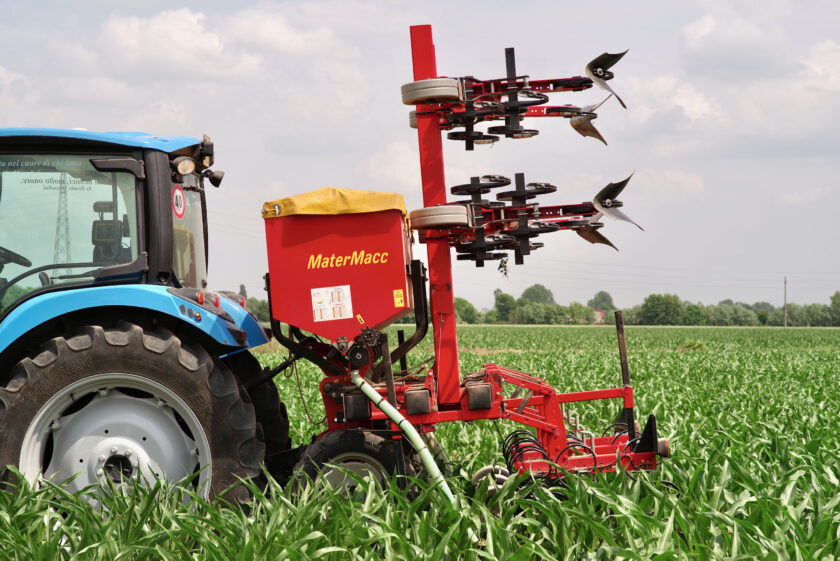
Among the so-called low crops, most can be hoed thanks to the inter-row spacing typically ranging from 40 to 80 centimeters. For instance, soybeans are usually sown with 45 centimeters between rows, while corn can be spaced at 70-75 centimeters. Similar values can be found in sunflower fields as well. The ability to physically remove spontaneous populations brings several advantages, especially considering the gradual disappearance of active substances due to the European Revision. It’s noteworthy that herbicides have been nearly halved in just twenty years, and some will vanish from fields by next year. For instance, two historical pre-emergence active substances like terbuthylazine and S-metolachlor have been applied to corn for decades but will meet their end on July 27, 2024, due to European revocation.
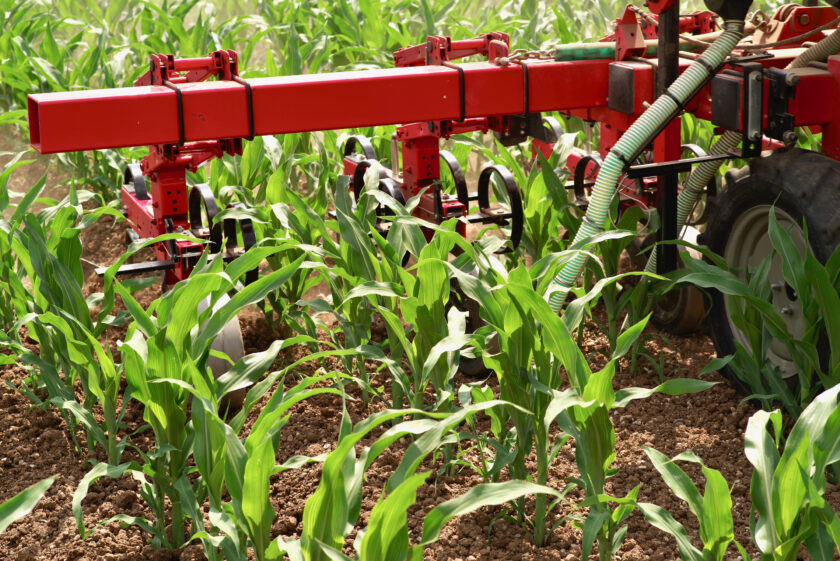
In contrast to agricultural chemicals, equipment is increasingly viewed positively by technical guidelines, thereby expanding its potential uses. Even better, during hoeing, other agronomic practices like distributing granular fertilizers can be performed simultaneously. Meeting this mission profile are the MaterMacc weeders of the “Unica” series, capable of mechanical inter-row weeding and, when needed, fertilization within the rows. Another advantage of hoeing is preserving soil moisture due to the very superficial tillage carried out to eradicate weeds. This creates a thin, aerated layer that acts almost like mulch, interrupting capillary water rise towards the surface. Furthermore, if rain or irrigation has created a surface crust, hoeing allows for its breakdown, increasing gas exchange for the crop’s root systems, thereby ensuring better growth conditions.
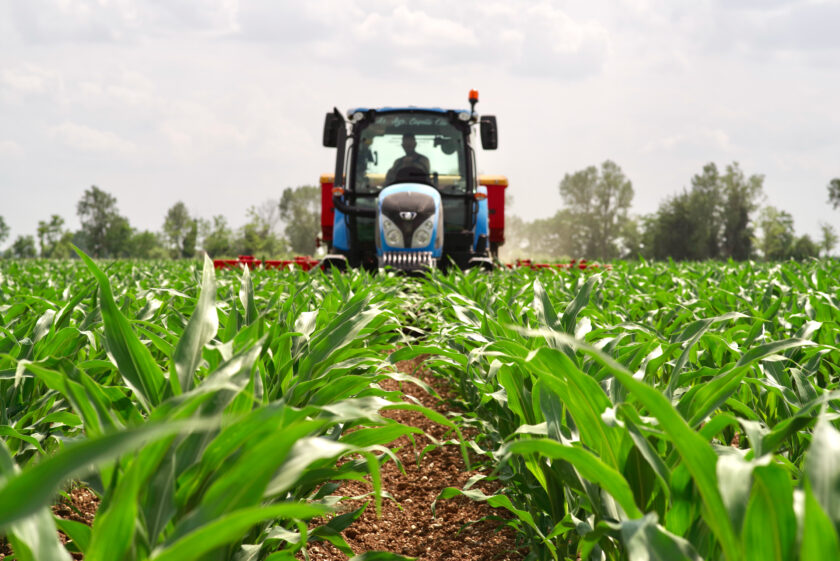
However, if the hoeing machine is also used for fertilization, it’s possible to adjust the hoeing elements to work at greater depths by acting on the appropriate adjustment device. Usable in both organic and integrated agriculture, the “Unica” weeders feature a vertical hydraulic folding frame that facilitates movement between different plots and on roads, complying with legal size limits. There are eight available configurations, covering various operational needs and inter-row widths.
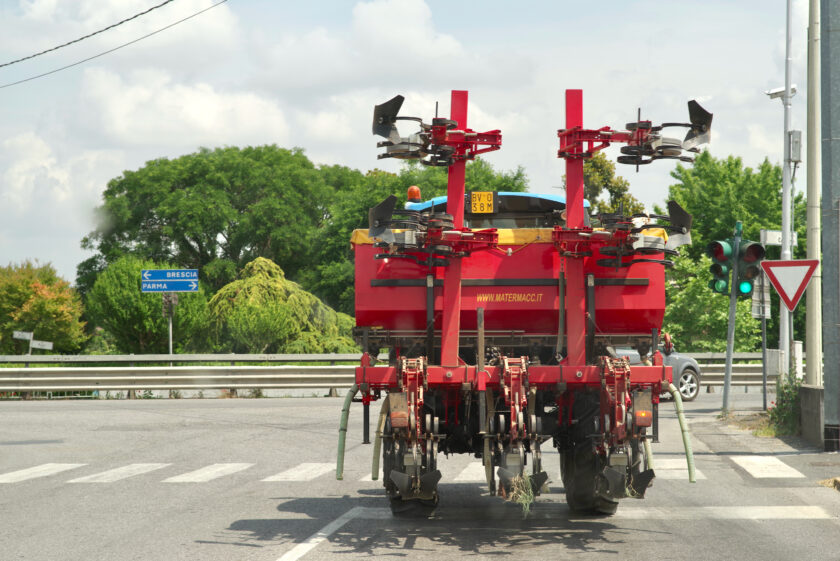
The first four models, with six, seven, eight, and twelve rows, have a configuration for inter-row spacing of 45-50 centimeters, with hoeing widths made possible by the three springs present for each row. The width of the frame varies, ranging from 330 centimeters for the attachment model to 375, 430, and 670 centimeters for the three upper models. Three configurations are available for inter-row spacing of 70-80 centimeters, for which five springs per row are provided instead of three. Four, six, and eight rows are offered by the three models, with frame widths of 350, 510, and 670 centimeters, respectively. Finally, a specific configuration is designed for inter-row spacing of 70-75 centimeters, offering seven rows with five springs per row and a frame width of 555 centimeters. The MaterMacc “Unica” series weeders also feature an “Easy-Set” version, allowing hoeing of different crops with the same machine by simply modifying the inter-row spacing. Nonetheless, tractor power requirements remain modest, ranging from a minimum of 70 to a maximum of 90 horsepower. In practice, with the top-of-the-line model, only 13 horsepower per meter of frame are required, which also benefits fuel consumption per hectare, minimizing it.
Resistance Challenges
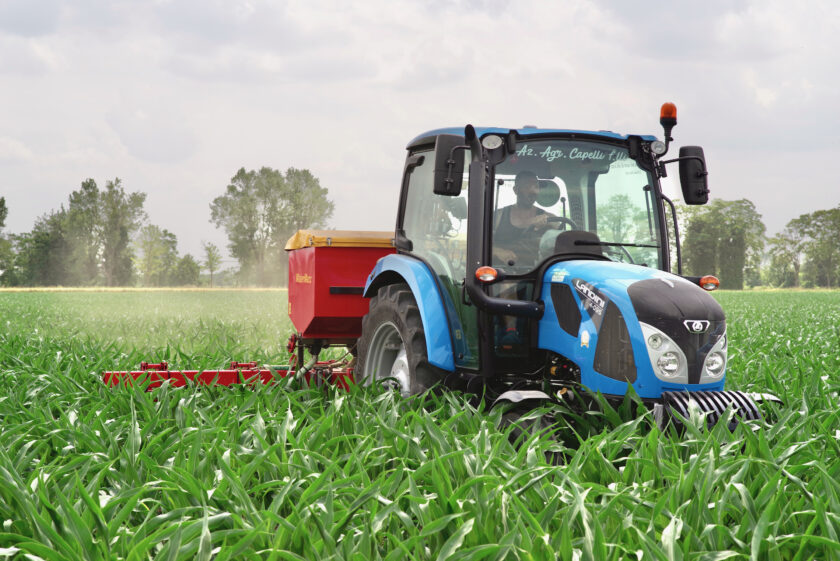
As effective as they are technically, herbicides face their Achilles’ heel in resistance. As mentioned, the European Revision drastically reduced authorized active substances, starting with those with multisite action. These molecules acted on multiple enzymatic processes of weeds, making resistance practically impossible. It’s unlikely for simultaneous mutations to occur in genes encoding for different enzymes inhibited by the herbicide. However, this technical strength endowed such active substances with a toxicological and environmental profile that was generally unfavorable, leading them to be swiftly targeted by European authorities and revoked one after another. Other active substances have thus expanded their use, such as sulfonylureas, but this hasn’t been beneficial since their mechanism of action is highly specific. A single mutation in a weed species renders the herbicide ineffective against it. Hoeing, on the other hand, is immune to such a phenomenon, offering an alternative, physical weed control mechanism that fits perfectly into the most modern anti-resistance strategies.
Traslation with ChatGPT





